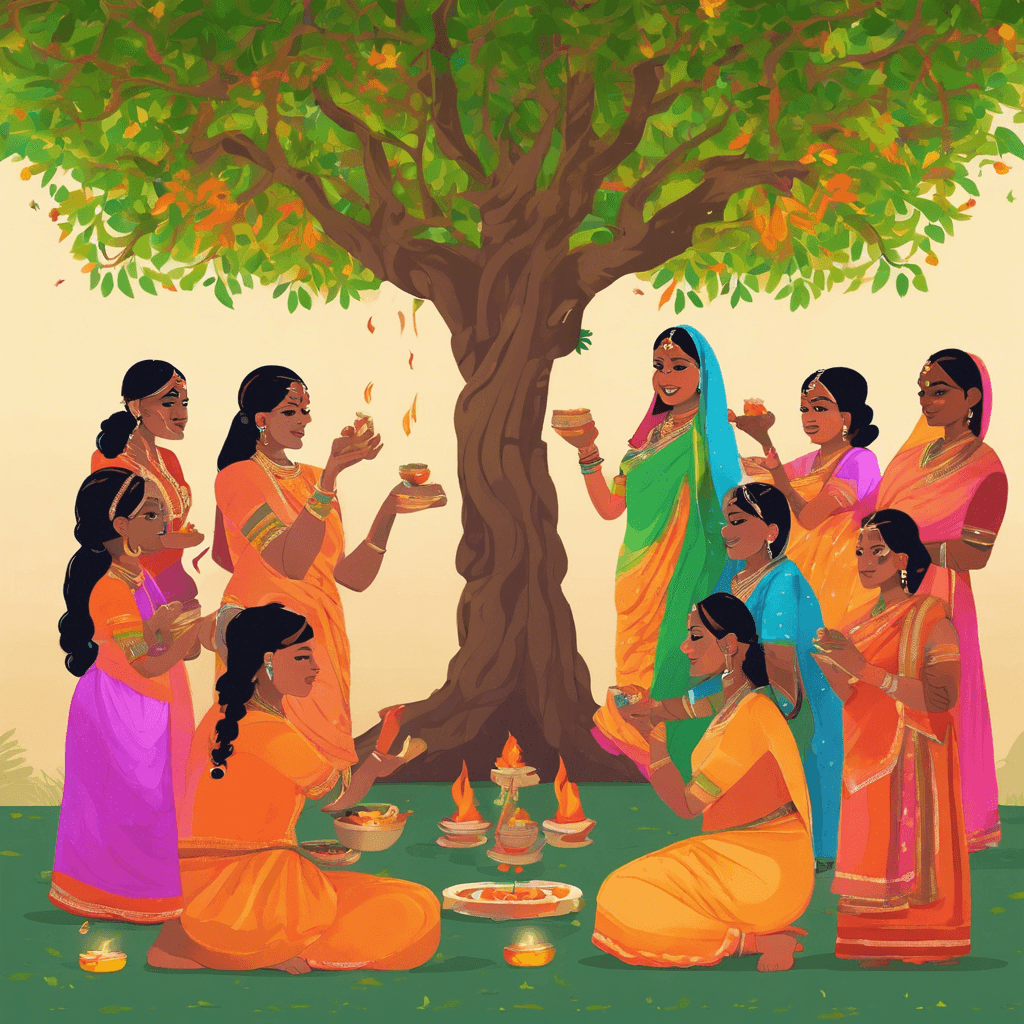Understanding the Jivitputrika Vrat: Significance, Observance, and Rituals
The document provides detailed information about the Jivitputrika Vrat, a religious fast observed by mothers primarily in Bihar, Jharkhand, and Uttar Pradesh, aimed at ensuring the longevity and well-being of their children. The fast begins on the Ashtami Tithi of the Krishna Paksha in the month of Ashwin, with specific details regarding the appropriate timings for fasting and rituals. It concludes by highlighting the significance of the fast linked to the Mahabharata legend of Lord Krishna restoring life to Uttara’s unborn child, emphasizing the cultural and spiritual importance of this observance.
Key Points
- Mothers observe the Nirjala Jivitputrika Vrat for the long life and health of their children, which can be broken the following day.
- The fast is scheduled for September 25th, 2024, with the breaking of the fast on September 26th, starting from 4:35 PM and concluding by 5:23 PM.
- Prior to breaking the fast, devotees are required to worship Lord Surya and offer Arghya as part of the rituals.
- The fast is particularly important in the cultural practices of Bihar, Jharkhand, and Uttar Pradesh, where communal familial traditions are upheld.
- The Jivitputrika fast is significant due to its connection to Hindu mythology, particularly the story related to the Mahabharata and the miraculous birth of Jivitputrika.
- Women observe this fast without consuming any food or water, demonstrating great devotion and commitment to their children’s well-being.
- The rituals around the fast include unique practices such as the Othgan rite, which involves eating chuda-curd and hiding water consumption, highlighting regional traditions.
What are the historical roots of the Jivitputrika Vrat?
- The Jivitputrika Vrat, also known as Jitiya or Jimutvahan fast, has its historical roots linked to the Mahabharata period. According to religious narratives, the fast commemorates a significant event involving Ashwatthama, who sought revenge for his father’s death in the Mahabharata war. In his attempt to kill the Pandavas, he mistakenly murdered the five sons of Draupadi while they were asleep. Subsequently, he aimed to eliminate the unborn child of Abhimanyu’s wife, Uttara, using the Brahmastra, which destroyed her womb.
In a miraculous turn of events, Lord Krishna intervened and restored Uttara’s unborn child to life, leading to the child being named Jivitputrika, meaning “one who is alive after dying in the womb.” This story underscores the fast’s significance, as it symbolizes the devotion of mothers praying for the longevity and well-being of their children.
The observance of the Jivitputrika Vrat is particularly prominent in the regions of Bihar, Jharkhand, and Uttar Pradesh, where it is celebrated with various rituals and customs. Women undertake this challenging Nirjala fast, refraining from food and water, to ensure their children’s health and prosperity, reflecting deep cultural and spiritual beliefs rooted in Hinduism.
Myths and stories play a crucial role in Hindu fasting traditions, serving as the foundation for many rituals and observances. Here are some key aspects of their significance:
- Cultural Transmission: Myths and stories are essential for passing down cultural values and religious beliefs from one generation to another. They provide context and meaning to fasting practices, helping individuals understand their importance.
- Spiritual Motivation: The narratives often depict divine interventions, moral lessons, and the rewards of devotion. They inspire practitioners to observe fasts with sincerity and dedication, believing that their efforts will lead to spiritual benefits and blessings.
- Ritual Significance: Many fasts are directly linked to specific myths. For example, the Jivitputrika Vrat is associated with the story of Lord Krishna saving Uttara’s child. Such connections enhance the ritual’s significance, making it more than just a physical act of abstaining from food.
- Community Bonding: Shared myths and stories foster a sense of community among practitioners. Celebrating fasts based on common narratives strengthens social ties and reinforces collective identity within cultural and religious groups.
- Moral and Ethical Lessons: Many myths convey moral teachings, emphasizing virtues such as devotion, sacrifice, and compassion. These lessons encourage individuals to embody these values in their daily lives, extending beyond the fasting period.
- Emotional Connection: The emotional resonance of these stories can deepen the personal experience of fasting. Devotees often feel a stronger connection to the divine and their cultural heritage, enhancing their spiritual journey.
- Ritual Variations: Different regions may have unique interpretations of the same myth, leading to variations in fasting practices. This diversity enriches the overall tapestry of Hindu traditions, showcasing the adaptability of myths in different cultural contexts.


